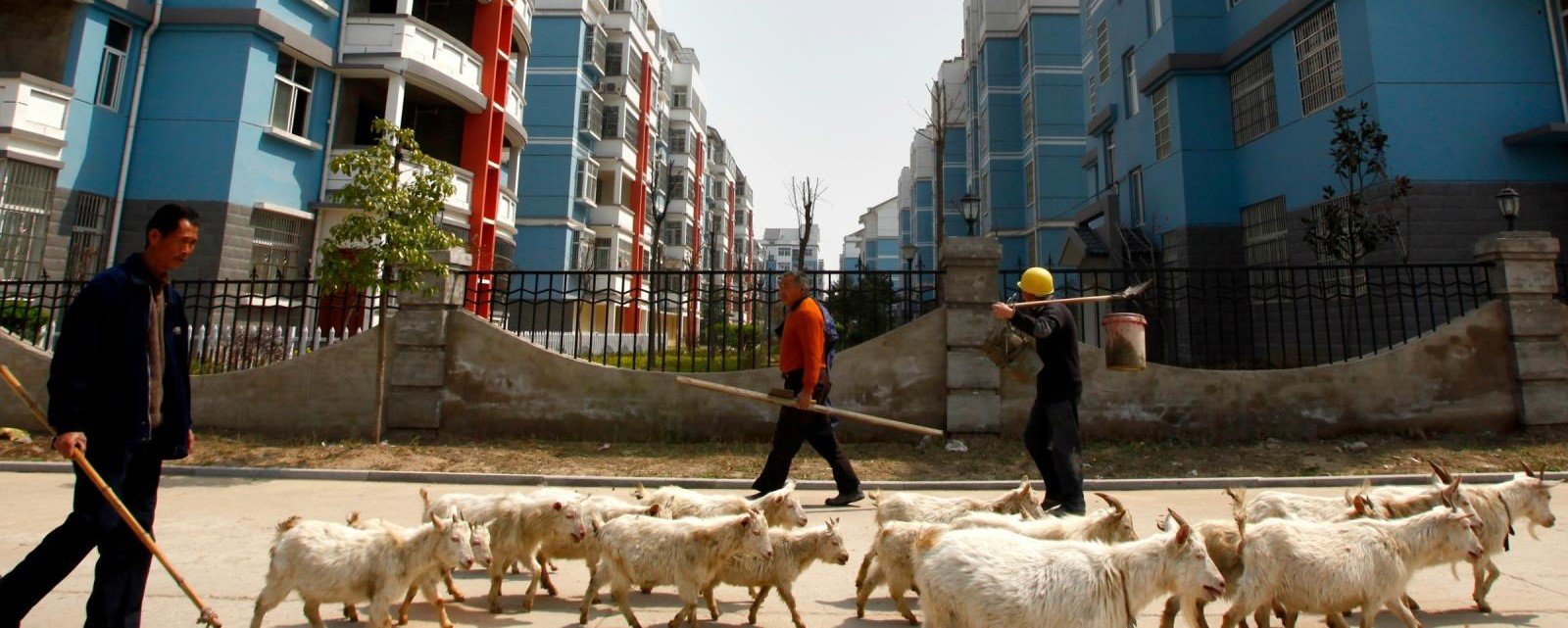

Oct
Time and time again, Western media depictions of China involve prosperous neighborhoods from Beijing or Shanghai, industrial success stories such as Shenzhen and so on. At the political level, the same principle tends to be valid in many cases, for example president Donald Trump criticizing China for continuing to define itself as a developing nation so as to be on the receiving end of World Trade Organization perks despite it already being a developed country.
The truth, while perhaps not in the middle, is definitely complex.
Simply put, the entire debate ends up being nothing more than a collection of individuals sharing their biases if China’s poorest regions are not included in the equation. For example, someone from “deep” rural China, for example an inhabitant of the Qinghai region is indeed a Chinese citizen, just like someone who lives in Beijing. Realistically speaking, however, that person has more in common with someone from let’s say rural Pakistan than with his fellow Chinese citizen from Beijing. The same way, a prosperous Shanghai inhabitant most likely finds more commonalities with someone living in San Francisco than with a farmer from Tibet, who has a roughly 4.5 times lower level of disposable capital to “work” with and a 3.2 times lower GDP per capita.
At this point in time, the following provinces have a GDP per capita of less than $10,000, with the average for China itself (including its most prosperous regions) being south of $8,000:
- Shandong
- Chongqing
- Hubei
- Hunan
- Jilin
- Hainan
- Heilongjiang
- Anhui
- Jiangxi
- Hebei
- Shanxi
- Ningxia
- Shaanxi
- Sichuan
- Henan
- Guangxi
- Xinjiang
- Qinghai
- Yunnan
- Guizhou
- Gansu
- Tibet
… in other words, only 9 of China’s 31 provinces have a GDP per capital level north of $10.000.
The same way, the following provinces have a per capita disposable income level that is below 20,000 CNY, with the average for China being just north of that figure:
- Chongqing
- Hubei
- Hunan
- Jilin
- Hainan
- Heilongjiang
- Anhui
- Jiangxi
- Hebei
- Shanxi
- Ningxia
- Shaanxi
- Sichuan
- Henan
- Guangxi
- Xinjiang
- Qinghai
- Yunnan
- Guizhou
- Gansu
- Tibet
… in this case, only 10 provinces are left which can boast a disposable income level that is greater than 20,000 CNY.
The bottom line is this: when it comes to China, we need to understand that the binary “developed vs. developing” construct makes little sense. As Bill Gates pointed out himself, a category that includes both China and the Republic of Congo is most likely far too broad to be scientifically relevant. In light of the many discrepancies that exist between regions, the situation is simply too complex for this binary system to make sense.
Perhaps the 4-tier system recommended by statistician Hans Rosling represents a step in the right direction, which involves:
- Level 1 countries where extreme poverty is the norm, with mechanized transportation and even footwear being uncommon and citizens living on less than $2 daily
- Level 2 countries, with incomes in the $2 to $8 zone and where the average individual can at least hope to afford transportation options such as bicycles
- Level 3 countries, where individuals live on $8 to $32 daily and can afford something along the lines of a scooter or even (cheaper) motorcycle
- Level 4 countries, where citizens live on a daily income that exceeds $32 and can most likely afford to purchase automobiles
… the World Bank had a somewhat similar approach when discontinuing the practice of referring to countries as either developed or developing. Based on this methodology, China as a whole would be considered a level 3 nation but even so, it is worth pointing out that any analysis that limits itself to seeing China as a homogeneous entity is fundamentally flawed.
Whether we are referring to income levels, access to medical services, infrastructure, access to credit markets or anything else (and we have covered these topics extensively here on ChinaFund.com), we need to take into account just how deeply fragmented China is so as to put together a coherent analytical framework.
Needless to say, the average media consumer isn’t exactly patient enough to listen to a comprehensive analysis and precisely therein lies the information gap that needs to be addressed with respect to China: the situation is far too complicated for it to be explained in sound bites by more or less superficial pundits.
If you haven’t by now, we would strongly recommend visiting the New Here section of ChinaFund.com and seeing just how many articles on a remarkably wide range of topics it contains. From economic indicators to culture, from geopolitics to history. The secret to meaningfully understanding China is that there is no secret, all one has to do is dig deep enough and the fragmentation of China when it comes to any metric imaginable illustrates this rather clearly.
Is China a rich nation, a poor nation or somewhere in between?
The answer to this ultimately subjective question all depends on how we define a “rich” nation. If our definition revolves around simply analyzing the nominal GDP of a country, the answer is a clear yes. If it revolves about individual-centric metrics such as the GDP per capita, China has come a long way but there is still progress to be made. Finally, if we analyze China on a province to province basis, then in some cases “prosperity” is the operative word, whereas in other situations, the reality tends to be on the gloomy side. Once again, seeing things in black or white is sub-optimal when it comes to China… to put it mildly.
